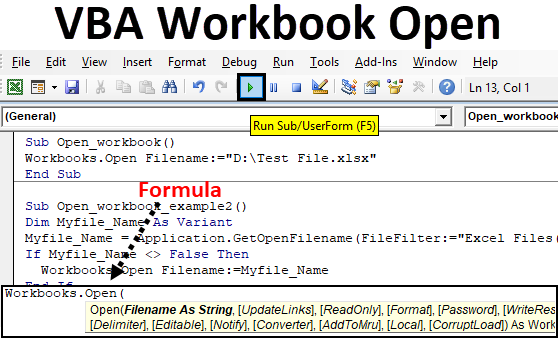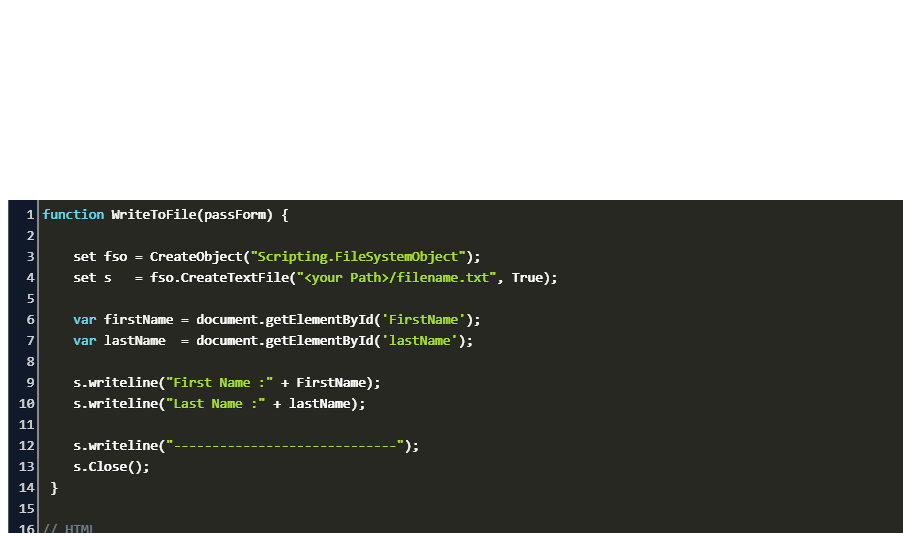

- #Vba mac text file in and out for mac#
- #Vba mac text file in and out zip file#
- #Vba mac text file in and out code#
- #Vba mac text file in and out zip#
For commands that are compatible with Office 2016 for Mac, see idMSOs compatible with Office 2016 for Mac. Most familiar Office Fluent Control Identifiers are compatible with Office for Mac. Ribbon customization featureĪbility to customize the ribbon using Ribbon XMLĪbility to invoke Macros using custom ribbon controlsĪbility to include and invoke Office Fluent Controls within a custom ribbon tab
#Vba mac text file in and out for mac#
Note that there are some differences in ribbon support in Office 2016 for Mac and Office for Windows. Office 2016 for Mac supports ribbon customization using Ribbon XML. IFDEF between different Mac Office versions at compile time. Request a user's permission to access multiple files at once.Ĭall external AppleScript scripts from VB. The following VBA commands are new and unique to Office 2016 for Mac. Creating an installer or putting user contentįor instructions on creating an installer for your add-in, please refer to the article here: Installing User Content in Office 2016 for Mac New VBA commands for Office 2016 for Mac You can minimize the effects of sandboxing by using the new commands described in the following section. This affects any add-ins or macros that involve file access or communication across processes. Sandboxing restricts the apps from accessing resources outside the app container. Unlike other versions of Office apps that support VBA, Office 2016 for Mac apps are sandboxed. If you experience formatting problems with dates or other stuff, add the "Local:=True" as described above.Outlook for Mac and OneNote for Mac don't support VBA.
#Vba mac text file in and out zip#
You can download a zip compressed example spreadsheet here, and the zipped file also contains a sample text file (with semicolon as delimiter) to play with. I just click a button to execute, and the text file's data is put into another spreadsheet without "compromising" the one with the macro. I import a lot of text files and to facilitate things I have a spreadsheet with a macro almost identical to the one above. 'Just to show how, we auto fit the width of column A. Other:=False, TrailingMinusNumbers:=True, _

Semicolon:=True, Comma:=False, Space:=False, _ Workbooks.OpenText Filename:=vFileName, _ĬonsecutiveDelimiter:=False, Tab:=False, _ On your local settings and Excel version, but 'I recently discovered that you can avoid

'"Semicolon:=True" to "Semicolon:=False" and set the 'another delimiter than semicolon, you must change 'We now import the selected text file, and data is If vFileName = False Or Right(vFileName, 3) "txt" Then 'If the user pressed Cancel or didn't select a text file, we exit. VFileName = Application.GetOpenFilename("Text Files (*.txt),*.txt") If you omit the file filter, all files will show. 'Here we use a filter to display only text files with "*.txt" as 'The function GetOpenFileName gets the file name without 'Import a text file using Excel's own import function.
#Vba mac text file in and out code#
If you are viewing this page on a device with a small screen, some code lines will probably be broken/wrapped, but if you copy and paste into a VBA module, it should be okay with the right linebreaks.
#Vba mac text file in and out zip file#
The zip file also contains a semicolon delimited text file for you to play with. Mark the text, copy with CTRL+C and insert (CTRL+V) into a VBA module - or download a zipped example. It allows the user to select a file without actually opening it, and we store the file name and path in a variable, which we use instead of "C:\textexample.txt". To get a file name selected by the user we use the function "Application.GetOpenFilename". To use the macro for other files we need to replace "C:\textexample.txt" with the path to a file selected by the user, and we don't need the file specific "FieldInfo. Tab:=False, Semicolon:=True, Comma:=False, Space:=False, _ TextQualifier:=xlDoubleQuote, ConsecutiveDelimiter:=False, _ Origin:=xlMSDOS, StartRow:=1, DataType:=xlDelimited, _ Workbooks.OpenText Filename:="C:\textexample.txt", _ ' Makro indspillet 13-07-2013 af Eric Bentzen


 0 kommentar(er)
0 kommentar(er)
